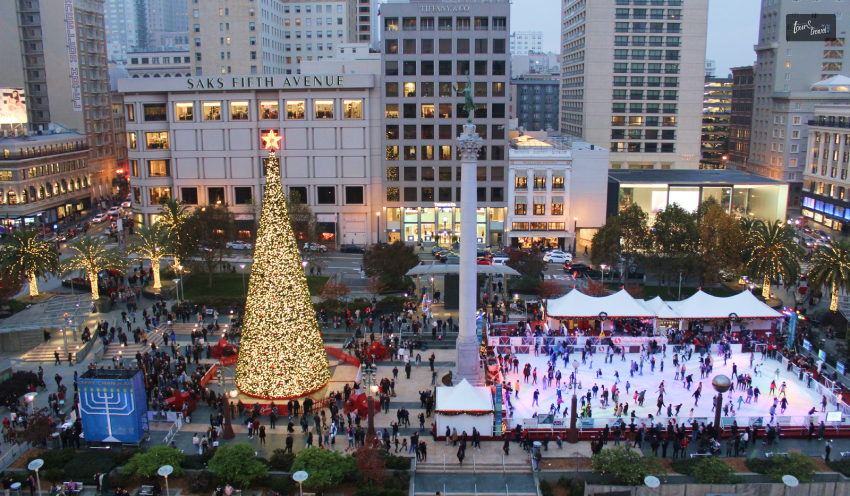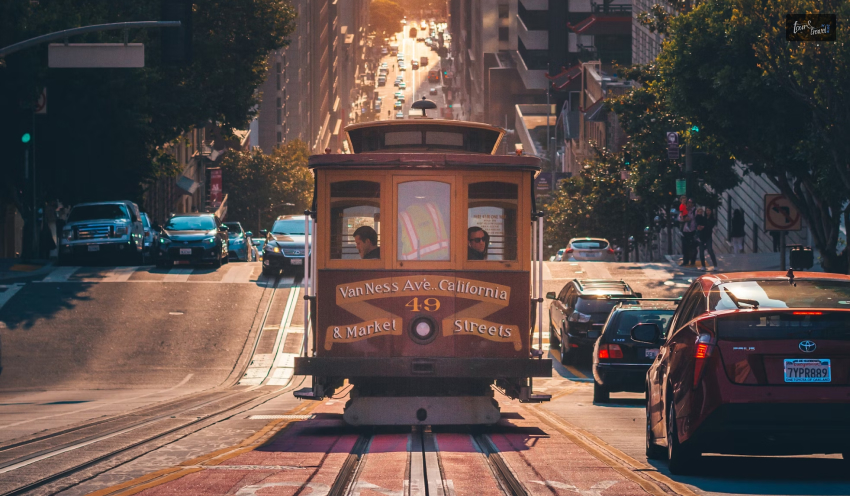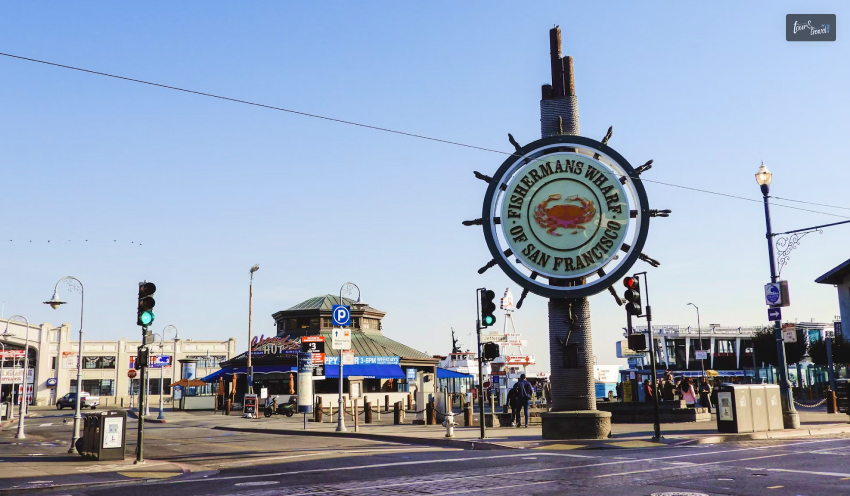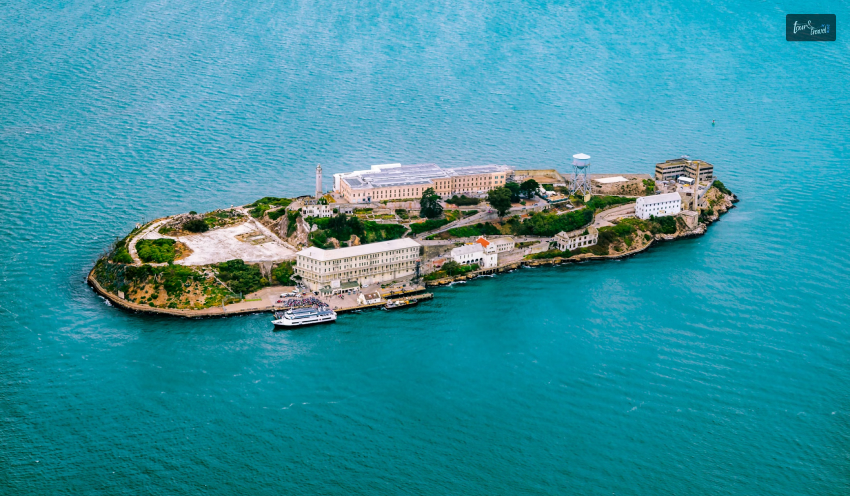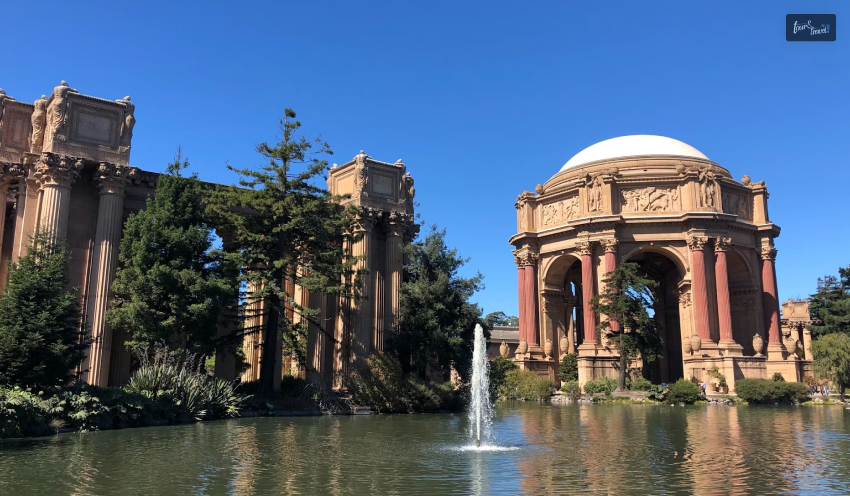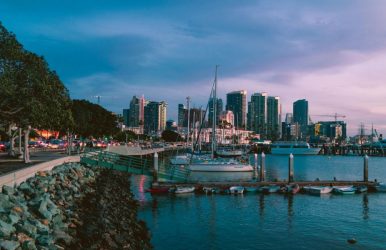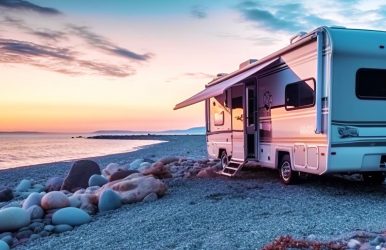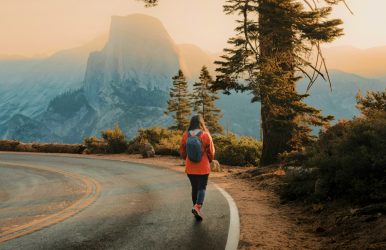San Diego In One Week: The Perfect Holiday Itinerary
BY Sibashree Sep 26, 2025
San Diego’s funny, and it feels like two vacations in one. You can be lazy by the beach and still find yourself hiking or grabbing tacos in some little neighborhood later. The city’s chill, but not boring, which is kind of rare. If you’ve got a week, you can hit a mix of spots without running yourself ragged. And yeah, there’s always that random “Oh wow, I didn’t plan this, but it’s awesome” moment. So here’s a one week San Diego. It’s beaches, food, history, and a bit of hiking! All of these await you. You don’t need to follow a very strict plan. However, having a basic plan always helps. What Is The Best One Week San Diego Itinerary? Terminal 1 of the San Diego International Airport has just undergone a rejuvenation. The transformation has cost a whopping 3 billion US dollars, and the improvements show how the city is committed to serving its guests better. It perfectly blends smart designs, comfort, and technology. Naturally, the current rejuvenation of Terminal 1 will be a milestone in boosting tourism to the city, which is otherwise fighting a downturn in the tourism sector in 2025. We can see the echo of the same in the words of Kerri Kapich, the COO of the San Diego Tourism Authority. Kerri’s statement issued in May 2025 stated, “We are starting to see a slowdown. That is obviously a concern to all of us working in travel and tourism since we are the second-largest traded economy here in San Diego." Nevertheless, despite the not-so-great numbers, San Diego will never disappoint you with its beautiful beaches and marine life. So, here is the one week San Diego itinerary for you. Day 1: Beaches And The Waterfront The beaches and oceanfront are, of course, at the epicenter of the tourism scene of San Diego. Furthermore, these beaches are crucial for the city to adhere to sustainable and green tourism practices. La Jolla Cove – Sea lions everywhere (they’re loud and hilarious). The water’s clear, cliffs are super photogenic, and if you’ve got snorkel gear, bring it. Sometimes they rope off parts during sea lion season, but you can still get close enough for a look. The mornings here are calm, and it usually gets busy in the afternoon. Mission Beach + Boardwalk – Classic scene. Long stretch of sand, bikes, rollerbladers, dudes juggling, all of it. It’s noisy in a good way. Sunset Cliffs – Come here at the end of the day. The cliffs are dramatic, like movie-scene dramatic. If the tide’s low, you can mess around in tide pools. Local tip: Parking near La Jolla can be a headache. So, reach early. Day 2: Balboa Park And Downtown Energy Balboa Park is like San Diego showing off with its gardens, museums, and old Spanish-style buildings. Gardens – Some are free (always nice). The Botanical Building has plants everywhere, and the Alcazar Garden feels like a tiled postcard. Museums – Pick your flavor. Art, science, natural history! There are literally 17 of them. You won’t see it all, and that’s fine. Gaslamp Quarter – At night, the downtown buzz kicks in. Rooftop bars, restaurants, live music. Local tip: Many museums offer free entry on Tuesdays. So, explore the official museum websites. Day 3: Old Town And Classic Mexican Flavors If you want history with tacos (and who doesn’t), Old Town’s the move. Historic Park – Adobe houses, blacksmith demos, street performers! It’s half museum, half fair. Café Coyote – Fresh tortillas, large plates, and a fun vibe make Café Coyote a must-visit. Shops – Skip fridge magnets and choose handmade pottery, woven stuff, and jewelry, instead. Local tip: Late afternoon is the mariachi time, and it is super festive. Day 4: Hiking And Outdoor Escapes Beaches are cool, but don’t skip the trails. San Diego has legit nature spots. Torrey Pines – Wild trees, epic ocean views, trails that make you stop mid-step just to gawk. Check closures before you go. Cowles Mountain – Moderate climb, great views from the top. You’ll feel like you earned your tacos. Mission Trails Park – Huge, less touristy. Lots of trails, chill atmosphere. Old Mission Dam is a simple stroll. Local tip: Sunrise hikes. Cooler, quieter, better. Day 5: San Diego Bay And A Boat Tour Different vibe today—see the city from the water. USS Midway – Enormous. Even just standing outside, you’ll be like, wow. Seaport Village – Cute, a little touristy, but good for wandering and snacks. San Diego Boat Tour – A harbor cruise is an affordable way to see the city from the water. You will pass under the Coronado Bridge, glide by the naval base, and take in the skyline from a fresh angle. Some tours even spot dolphins along the way. If you want a more relaxing San Diego Bay tour with a fun island vibe, Tiki Time Bay Tours is one of the best choices. Their tiki-style boats create a laid-back atmosphere that is perfect for unwinding on the water. Local tip: Evening cruises can be cheaper. Plus, lights on the water are underrated. Day 6: Neighborhoods And Local Life This day’s all about vibes. Little Italy – You will find food everywhere, including good coffee, murals, and a farmers' market if you’re lucky. North Park – The North Park is artsy with craft beer and the vintage shops being the main attractions. Explore North Park in the afternoon. Ocean Beach – It is very chill and exudes a hippie-surfer energy. End with tacos by the pier. Day 7: Scenic Drives And A Relaxed Farewell Enjoy the last day of your trip in San Diego. You don’t need to do too much planning. Pacific Coast Highway – Drive north, stop whenever the view makes you. (It’ll be often.) Coronado Island – Wide beach, fancy hotel, little cafes! It’s postcard-perfect but relaxed. Sunset Picnic – Grab snacks and sit on a blanket at Sunset Cliffs or Coronado. End the trip slowly and soak in the moments. Local tip: Locals picnic at the beach all the time. Join in. Wrapping Up Your San Diego Week Seven days later, you get why people rave about this place. You’ve seen beaches, trails, food spots, historic stuff, and neighborhoods, all with that laid-back SoCal vibe. And the thing is that you didn’t even cover it all. Which just means that there’s more waiting when you come back. Read Also: What Is South Of France? What Will Be The Perfect South Of France Itinerary? What Are The Unique Things To Do In Santo Domingo, Dominican Republic? Unique Things To Do In Tuscany: What Is A Must-See In Tuscany?


